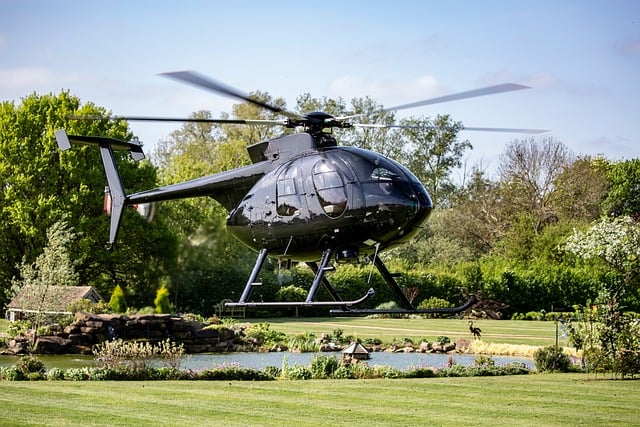Urban flyovers, such as the Burj Khalifa Helicopter Ride in Dubai, offer more than just transportation; they provide a unique artistic perspective on modern cities. These aerial experiences showcase the intricate interplay between architecture, history, and urban life, allowing visitors to appreciate city evolution from above. For locals, it fosters pride and encourages exploration, while tourists gain a fresh viewpoint of iconic landmarks like Burj Khalifa. Well-designed flyovers blend art and engineering, transforming transportation into a captivating experience that can revitalize urban landscapes and boost economies. The future of urban tourism includes immersive VR/AR tours inspired by Dubai's iconic helicopter ride, revolutionizing how people explore metropolises worldwide.
Scenic urban flyovers offer a unique perspective on cityscapes, transforming vertical structures into breathtaking attractions. This article delves into the world of aerial marvels, exploring their benefits for tourists and locals alike. From understanding the engineering behind iconic structures like the Burj Khalifa Helicopter Ride in Dubai to examining environmental considerations and future trends, we uncover why these flyovers are becoming essential components of urban development.
- Understanding Urban Flyovers: A Unique Perspective on Cityscapes
- The Burj Khalifa Helicopter Ride: An Iconic Experience in Dubai
- Benefits of Aerial Views: Exploring the Advantages for Tourists and Locals
- Engineering Marvels: Designing and Constructing Scenic Flyover Structures
- Case Study: Successful Implementation of Urban Flyovers Worldwide
- Environmental Considerations: Balancing Urban Development and Natural Conservation
- Future Trends: Innovations in Creating Immersive Aerial City Tours
Understanding Urban Flyovers: A Unique Perspective on Cityscapes
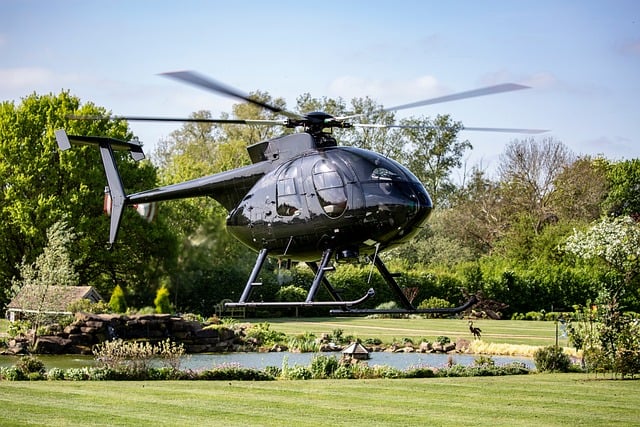
Urban flyovers, elevated highways or bridges designed to bypass city centers, offer a unique perspective on urban landscapes. They are not just functional infrastructure but also artistic expressions that showcase the beauty and complexity of modern cities. In Dubai, for instance, the Burj Khalifa Helicopter Ride provides visitors with an unparalleled view of the city’s skyline, highlighting towering skyscrapers and sprawling developments that define its horizon.
This aerial experience allows residents and tourists alike to appreciate the intricate network of roads, the bustling urban fabric, and the interplay between contemporary architecture and historical landmarks. Urban flyovers thus become platforms for observing city evolution, offering a fresh viewpoint that transcends conventional sightseeing, much like witnessing Dubai’s transformation from a desert outpost to a global hub through the breathtaking vistas accessible from above.
The Burj Khalifa Helicopter Ride: An Iconic Experience in Dubai
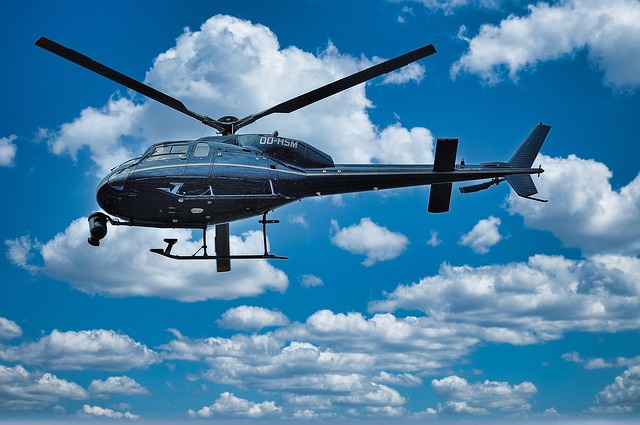
In Dubai, the Burj Khalifa Helicopter Ride offers an iconic experience that soars above the city’s breathtaking skyline. This unique adventure allows visitors to witness the majestic Burj Khalifa, the world’s tallest building, from a bird’s-eye perspective. As you ascend into the air, the helicopter provides a smooth and thrilling journey, offering panoramic views of Dubai’s modern marvels and historical landmarks.
The experience is not just about the stunning visuals; it’s an opportunity to feel the pulse of this vibrant metropolis. From the moment you take off until your safe landing, every second is filled with awe and excitement. The Burj Khalifa Helicopter Ride is a must-try for anyone seeking a memorable urban adventure, leaving visitors with unforgettable memories of Dubai’s allure from above.
Benefits of Aerial Views: Exploring the Advantages for Tourists and Locals

Scenic urban flyovers offer a unique perspective and a wealth of benefits for tourists and locals alike. One notable example is the Burj Khalifa Helicopter Ride in Dubai, which provides an unparalleled aerial view of one of the world’s most iconic skyscrapers and the cityscape below. This experience not only captivates visitors but also enriches the daily lives of residents by showcasing their city from a fresh viewpoint.
The advantages are manifold. Tourists can now explore the metropolis from above, witnessing the intricate design and vastness of the urban landscape. It offers a new dimension to understanding and appreciating the architecture and layout of the city. For locals, these aerial views can foster a deeper connection to their surroundings, promoting a sense of community and pride in their city’s beauty. Additionally, it can inspire curiosity and encourage exploration, leading to increased engagement with local attractions and hidden gems often overlooked from street level.
Engineering Marvels: Designing and Constructing Scenic Flyover Structures
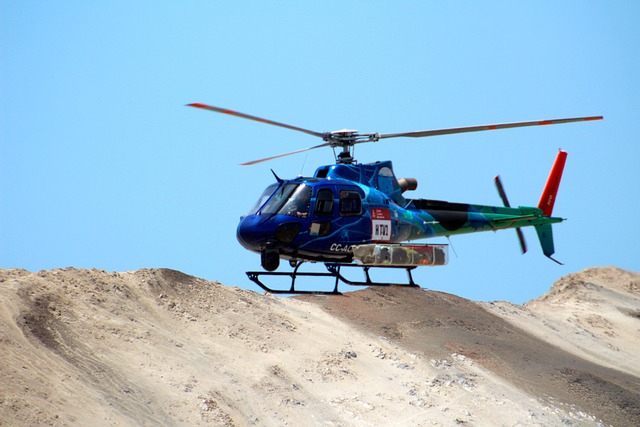
Scenic urban flyovers, soaring above bustling cityscapes, are more than just functional infrastructure; they’re engineering marvels that blend art and architecture. These structures, often designed with breathtaking vistas in mind, offer a unique perspective on urban landscapes. One striking example is the Burj Khalifa Helicopter Ride Dubai, where visitors can soar over the iconic skyscraper and its surrounding metropolis.
Designing and constructing these scenic flyover structures involves a delicate balance of aesthetics and functionality. Engineers must consider factors like structural integrity, traffic flow, and environmental impact while incorporating elements that enhance visual appeal. Advanced materials, innovative construction techniques, and careful planning enable the creation of such iconic landmarks, transforming urban transportation into an experience that captivates locals and tourists alike.
Case Study: Successful Implementation of Urban Flyovers Worldwide
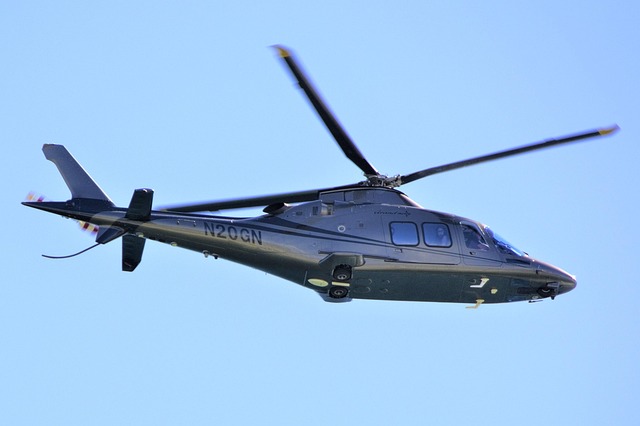
In many cities around the world, urban flyovers have become iconic structures that not only serve practical purposes but also enhance the aesthetic appeal of the metropolis. A prime example is the Burj Khalifa Helicopter Ride in Dubai, where visitors can soar above the city’s skyline, offering a once-in-a-lifetime perspective of one of the world’s tallest buildings. This innovative approach has turned what could have been an eyesore into a tourist attraction, highlighting the potential for urban flyovers to revitalize urban landscapes.
Successful implementations like the Burj Khalifa Helicopter Ride demonstrate how well-designed and strategically placed flyovers can transform urban spaces. By integrating these structures with city planning and tourism strategies, cities can create unique experiences that draw visitors and promote local economies. This model showcases the power of combining functionality with creativity, ensuring urban flyovers become integral parts of a city’s identity, much like the iconic skyline of Dubai.
Environmental Considerations: Balancing Urban Development and Natural Conservation

As cities expand, there’s a delicate balance to maintain between urban development and natural conservation. Scenic urban flyovers, while offering efficient transportation solutions, must be designed with environmental considerations in mind. In Dubai, for instance, the Burj Khalifa Helicopter Ride showcases how to harmonize impressive architecture and urban progress with respect for the region’s unique natural landscape. This involves strategic planning to minimize ecological impact, such as preserving local flora and fauna habitats, ensuring proper drainage systems, and integrating green spaces along these structures.
By carefully managing these aspects, urban flyovers can become not just functional elements but also landmarks that enhance a city’s aesthetic appeal. It’s about creating infrastructure that respects and conserves the environment, thereby fostering sustainable growth—a key aspect often highlighted in successful modern metropolises like Dubai.
Future Trends: Innovations in Creating Immersive Aerial City Tours

The future of urban exploration is taking flight, quite literally! With the success and popularity of iconic structures like the Burj Khalifa in Dubai, offering helicopter rides that provide breathtaking aerial views, a new trend is emerging: immersive city tours from above. This innovative approach to urban tourism promises to transform how visitors experience metropolitan areas.
Imagine soaring over towering skyscrapers, floating parks, and bustling streets, taking in the intricate architecture and vibrant energy of a city from a unique perspective. Advanced technologies are enabling these once-impossible experiences, with virtual reality (VR) and augmented reality (AR) enhancing the aerial journey. Tourists could soon be exploring digital overlays, learning about a city’s history and hidden gems while enjoying a seamless blend of physical and digital realms during their aerial tour.
Urban flyovers, as evidenced by the success of initiatives like the Burj Khalifa Helicopter Ride in Dubai, offer a unique and immersive way to experience cityscapes. By integrating scenic designs and strategic planning, these structures not only enhance tourism but also enrich the lives of locals. As we look ahead, future trends in aerial city tours promise even more innovative ways to balance urban development with natural conservation, ensuring that our cities remain vibrant while preserving their soul for generations to come.
